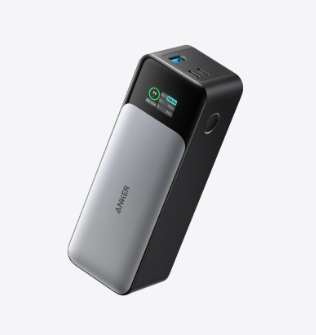Leakage protection
Interpretation
When the leakage current of the grid exceeds a certain set value, it can automatically cut off the power supply or send out an alarm signal as a safety protection measure. Leakage protection in low-voltage power grids can prevent personal injury from electric shock; high-voltage power grids cannot completely prevent personal injury from electric shock, but it can improve the safety of power grids and equipment. Therefore, it is also called single-phase grounding protection in the high-voltage power grid. The setting value of leakage protection is generally: low-voltage power grid aims to prevent personal injury and death from electric shock; high-voltage power grid aims at equipment safety and preventing the spread of faults.
A brief history
In 1930, the low-voltage power grid of underground coal mines in the United Kingdom adopted a leakage protection device based on the neutral point of the transformer and the principle of zero-sequence current. Since the neutral point is directly grounded to the power grid, large ground currents will be generated when single-phase grounding, which endangers underground safety, and will soon be stopped. In 1949, the Soviet Union began to apply neutral point insulation and additional DC power supply monitoring and insulation principle leakage protection devices. China introduced this leakage protection device from the Soviet Union in the 1950s, and then continued to research on its own and designed a leakage protection device using this principle. In the early 1970s, China carried out research on selective leakage protection based on the principle of zero sequence current and zero sequence power direction, which has now been widely used.
Basic principles
The leakage protection principles used in underground power grids are mainly as follows: additional DC power supply principle, zero sequence voltage principle, zero sequence current principle, zero sequence current direction Principle (also called zero sequence power direction principle), harmonic current direction principle and additional intermediate frequency power supply principle.

Necessity
The common leakage faults of coal mine motors and their power supply lines are as follows:
1 The motor and its power supply lines are insulated due to moisture The resistance drops and the leakage current increases, so that the motor shell and the electrical shell are charged;
2 The insulation of the motor and its power supply line is grounded due to aging, mechanical damage or voltage breakdown (metallic grounding) Or arc grounding);
3 The exposed parts of the electric motor and its power supply line (if mechanically damaged or during maintenance) are contacted by personnel directly or through tools and other conductors, causing one-phase grounding electric shock Accidents (incidental, transient).
If a leakage fault occurs, if it is not protected in time, it will have serious consequences especially in coal mines; it may cause danger to human life; it may cause gas and coal dust explosions; it may ignite the detonator in advance; The neutral point grounding system and the neutral point ungrounded system with large distributed capacitance of the system may cause the one-phase winding of the motor to be burned. For this reason, the coal mine motor and its power supply circuit, especially underground, must be protected against leakage.
Leakage determination
The neutral point of the transformer is strictly prohibited to be grounded in the underground power supply system of coal mines in my country. The degree of harm caused by personal electric shock to human life safety mainly depends on the size of the current flowing through the human body and the length of time of action. The research results show that it is safe for the human body when the product of the current flowing through the human body and the action time is less than 50mA·s. However, considering that the current flowing through the fault point does not ignite the electric detonator and ignite gas and coal dust. Taking a certain safety factor, the Ministry of Coal Industry officially confirmed in 1975 that the product of the human body electric shock current and the time of action was 30mA·s as a safe value. Therefore, from the perspective of protecting personal electric shock safety, 30mA·s is the basis for stipulating the main technical indicators of leakage protection devices. There are three ways to achieve this target: (1) Increase the insulation resistance of the network to ground; (2) Take effective compensation measures for the distributed capacitance current of the network to ground; (3) Improve the tripping of the leakage protection device and the feeder switch The trip speed of the device.
For the personal electric shock current IR of the neutral point ungrounded system, in the case of ignoring the distributed capacitance of the grid to the ground (inductance compensation is generally used in leakage protection devices)
IR= 3U phase/3RR+r absolute
U:: line phase voltage
RR: human body resistance, the minimum value is 1 kiloohm;
r absolute: line A value of insulation resistance relative to ground.
According to IR<30 mA, it is not difficult to say that r must be greater than or equal to 35 kohms in a 660 volt power supply system, which means that when the insulation resistance of each phase is reduced to 35 kohms, the person touches one Sometimes life is in danger. The total insulation resistance of the three-phase power grid is the parallel value of the three phases (11.7 kohms). Therefore, it is stipulated that the total insulation resistance value of the 660 volt power supply system is set at 11 kohms. For power supply systems of different voltage levels, there are different values of the insulation resistance risk value, which is the action resistance value of the leakage protection setting.
Latest: CAV (constant air volume system)
Next: Leakage protection plug








